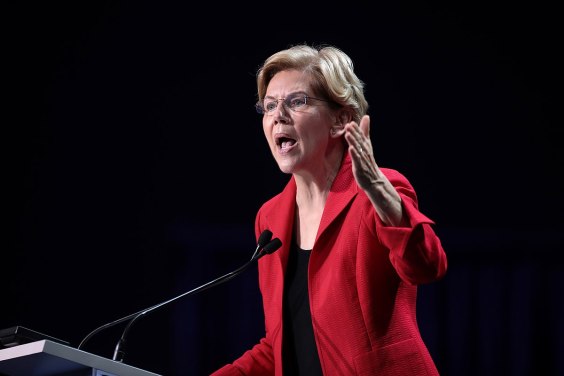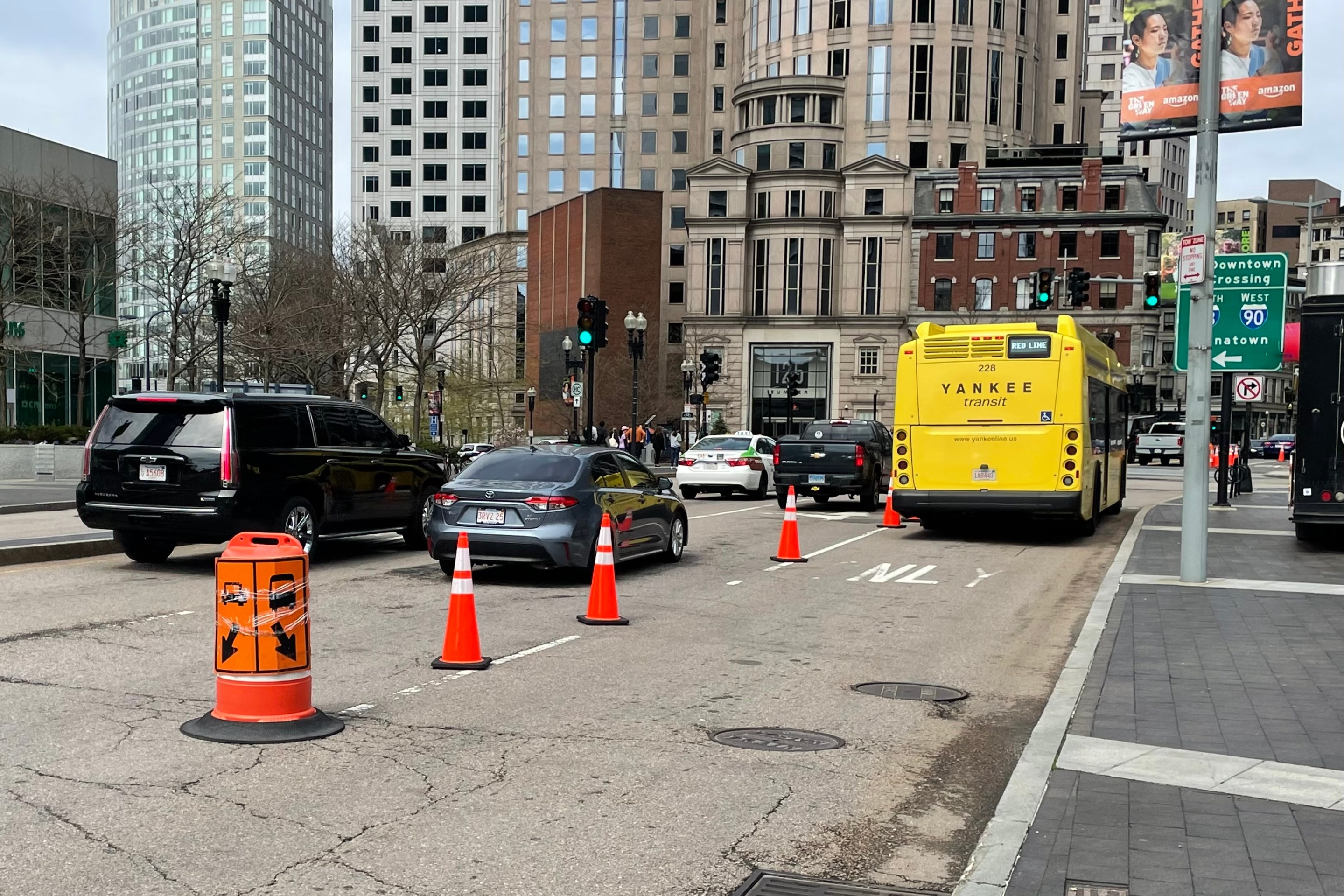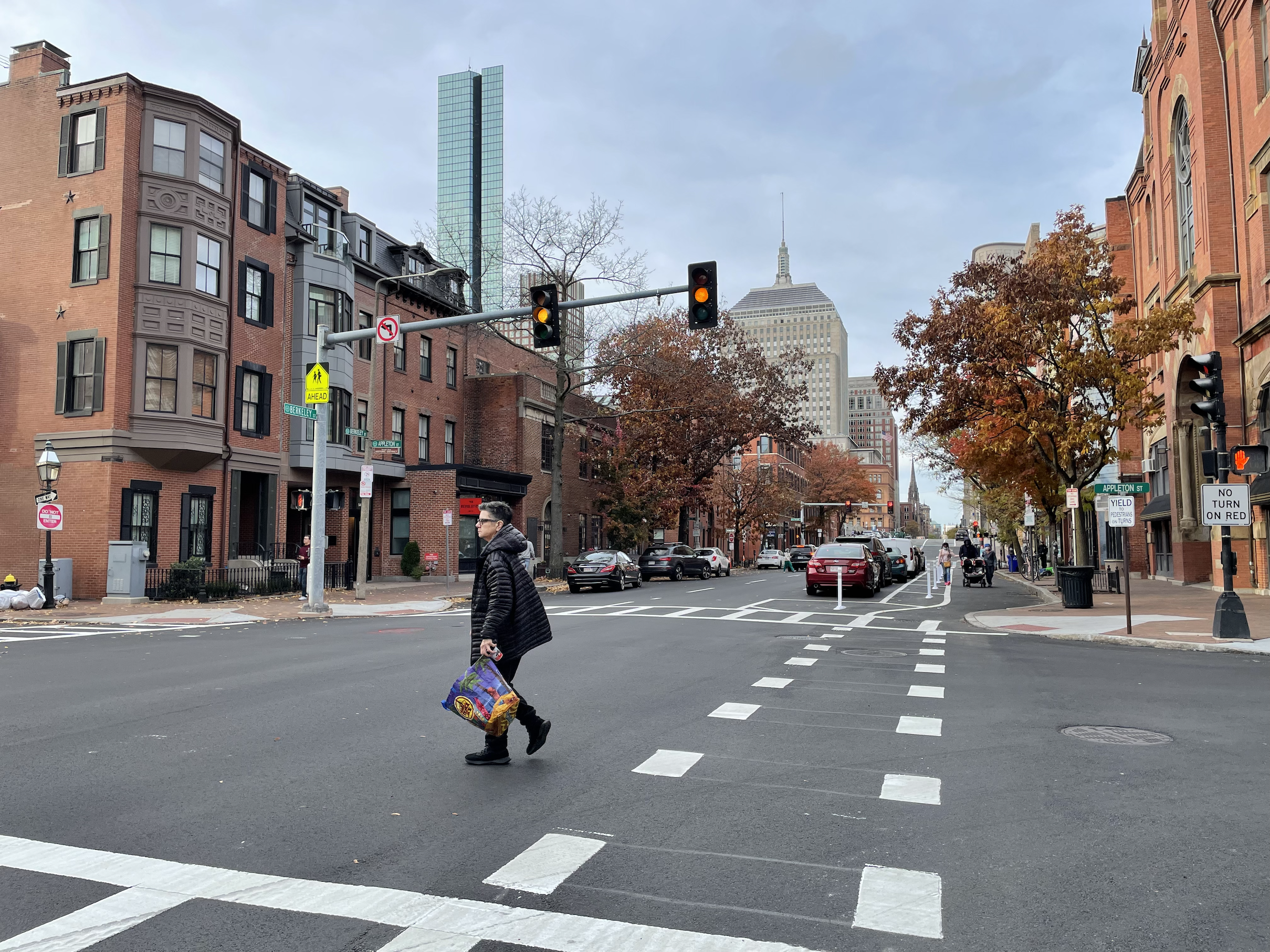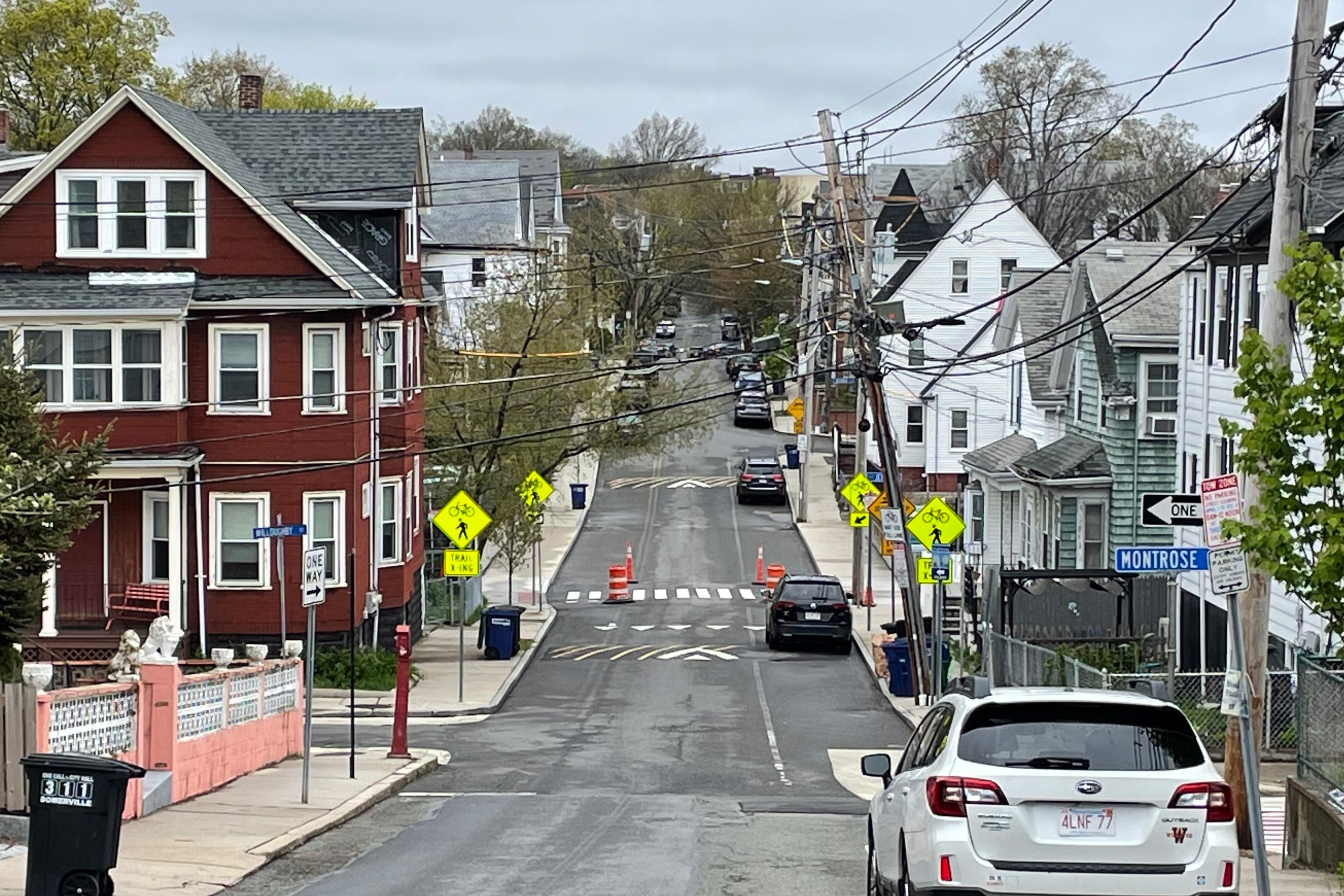Weekend Commuter Rail Ridership Now Exceeds Pre-Pandemic Volumes
2:20 PM EST on January 11, 2023
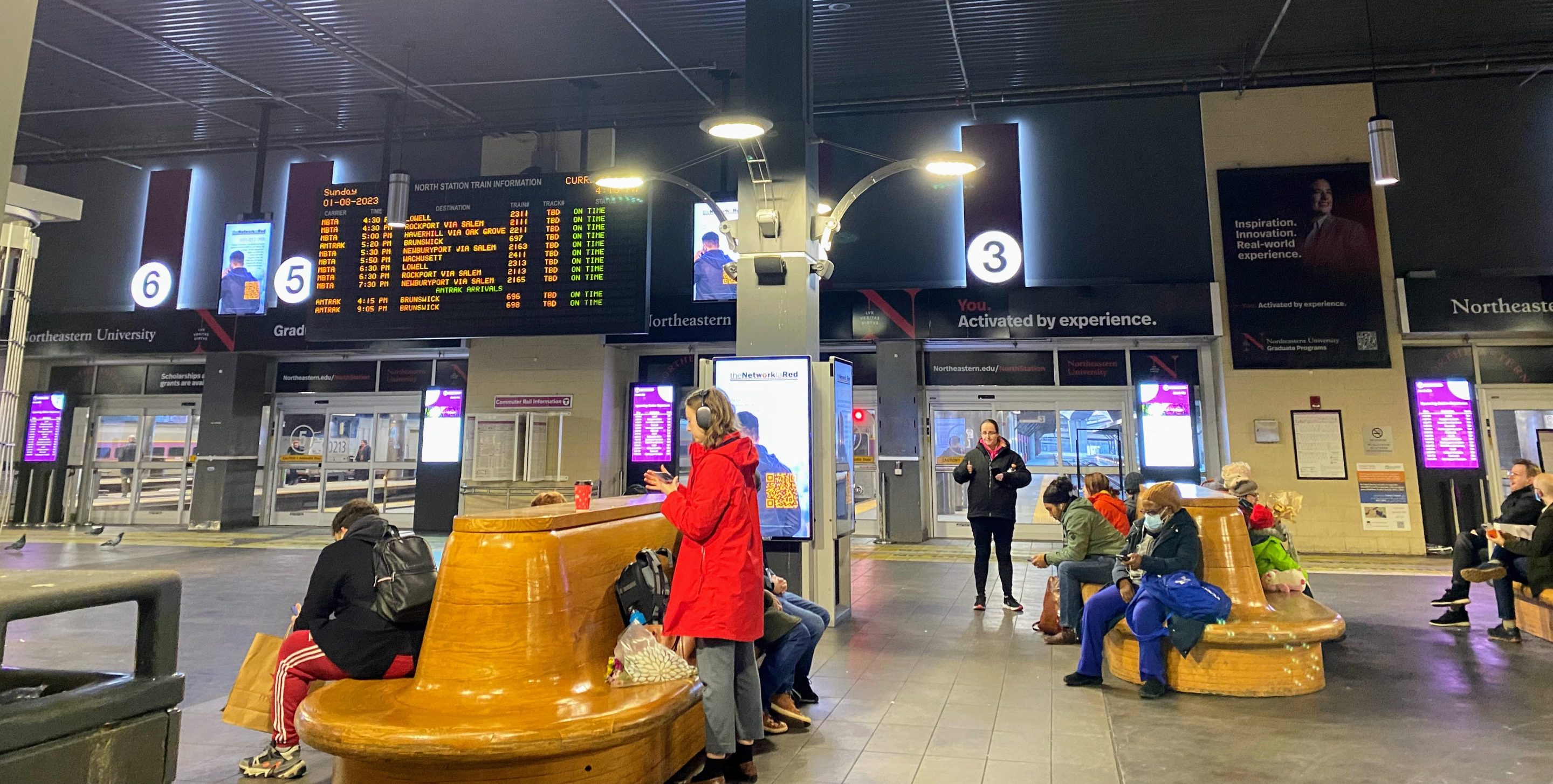
Passengers sit and stand inside North Station while they wait to board their trains last Sunday afternoon.
While transit ridership in general is still below pre-pandemic levels, weekend traffic on the MBTA’s commuter rail system has bucked that trend, thanks to key operational changes like improved schedules and more frequent service.
Weekend ridership on the commuter rail system on December 17th and 18th was 8 percent higher than weekend ridership during February 29 and March 1, 2020, just before the pandemic shut down travel across the state.
In 2021, as Massachusetts began to reopen, the T and Keolis adjusted commuter rail schedules to favor “clockface” schedules – trains that leave every hour or half-hour – over the traditional focus on peak-hour trains during the morning and evening rush hours.
That change made it easy for riders on many lines to remember when their next train is coming, without consulting a schedule.
Additionally, there are more commuter rail trains running now than before the pandemic, with 235 trains in operation on Saturday and Sunday, according to Alana Olsen Westwater, a spokesperson for Keolis.
Keolis and the MBTA also restored Sunday service on the Needham branch, where Sunday trains last ran in 1993.
“In partnership with the MBTA, Keolis Commuter Services is committed to bringing back 100 percent of pre-Covid ridership to the Commuter Rail. Reaching that goal requires expanding our focus beyond the traditional 9-to-5 commuter. The gains in weekend ridership are a strong indicator that Commuter Rail is for more than commuters, it connects people to the places that they want to get to in a convenient and stress-free way,” said Westwater.
Dec. 2022 weekend commuter rail ridership by line, Dec. 17-18, 2022
All figures are a expressed as a percentage of pre-pandemic weekend ridership, comparing the weekend of Dec. 17 and 18 against the weekend of Feb. 29-March 1, 2020
| Line | Dec. 2022 vs. Feb. 2019 weekend ridership |
|---|---|
| Needham Line | 218% |
| Greenbush Line | 161% |
| Fitchburg Line | 159% |
| Middleboro Line | 155% |
| Providence/Stoughton Line | 148% |
| Kingston Line | 112% |
| Fairmount Line | 108% |
| Worcester Line | 101% |
| Lowell Line | 92% |
| Newburyport/Rockport Line | 90% |
| Haverhill Line | 83% |
| Franklin Line | 67% |
Data courtesy of Keolis
At North Station last Sunday, we spoke to Rose, a North Reading resident headed to Wilmington to meet her daughter. As a former Boston resident, Rose shared she would take the bus everywhere when she lived on L Street in the South Boston neighborhood.
“I have no trouble with (the commuter rail). People complain about it, but I’ve taken the T all my life,” she said.
Rahul, a Lowell resident, told us that he commutes several times a week for classes at Hult International Business School in Cambridge. A nature lover, Rahul says he prefers staying in the suburbs and using the 45-minute commute down to the city to read and prepare for his classes.
“I enjoy the city life, but I wish to stay in peaceful places, not crowded ones,” he said.
When asked what he wishes was different about the commuter rail service, he said he would like to see the trains come more often.
Due to the current schedule, he sometimes arrives too early to campus and has to busy himself before his class starts. Ideally, he says he would like trains to come every 30 minutes during the week and every hour on weekends. Additionally, he would like to see more discounts for students.
Ella Young, a student singer at Berklee College of Music in Boston, said she was headed to Beverly, where she would then get in her car and drive about 30 minutes to her home in Gloucester.
Gloucester sits on the Rockport branch of the Rockport/Newbury line, which splits into two at Beverly, meaning that not every train on this line reaches Young’s home.
So although Gloucester does have a commuter rail station, Young said she prefers to drive and park at the Beverly station where “the schedule is more convenient compared to some other stations near my house,” she said.
According to weekend ridership numbers shared by Keolis, two-thirds of the T’s regional rail train lines are surpassing their pre-pandemic weekend ridership levels. The Needham line (where there had been no Sunday service at all before the pandemic) leads the pack, with weekend ridership that’s more than double pre-pandemic volumes.
Running parallel to the Orange Line for much of its length, the Needham branch passes through several popular spots including South Station, Back Bay, Northeastern University at Ruggles station, and Forest Hills before cutting through Millenium Park in West Roxbury and ending in downtown Needham, southwest of Boston.
During the month-long Orange Line shutdown last fall, the MBTA added service on a number of lines including the Needham Line, with trains leaving Ruggles every 10 minutes and every 16 minutes from Forest Hills. Folks only needed to show their CharlieCard to conductors, making the service essentially free and leading to a number of people using and familiarizing themselves with the commuter rail service.
Currently, Needham-bound trains leave South Station on weekends every two hours, with the exception of the last evening train.
“Weekend ridership has more than recovered since the implementation of the clock-face schedule. Average weekend ridership has been above pre-Covid ridership since August of 2021, frequently even exceeding that number, at 150 percent to 200 percent of pre-Covid ridership,” said Westwater.
In 2021, Keolis and the MBTA also relaunched their marketing campaign, previously put on pause during the pandemic, to advertise the commuter rail could be used for leisure trips beyond Boston, including Providence and the North Shore.

Currently, the weekend pass is only available Saturdays and Sundays, and does not extend to long holiday weekends when many people have Mondays off.
In her campaign website, Massachusetts Governor Maura Healey states that she will “commit to a fully realized regional rail system by 2040,” and work toward achieving “high frequency every day, all day, in both directions.”
At her inauguration last week, the new governor declared, “We can’t have a functioning economy without a functioning T.”
Read More:
Stay in touch
Sign up for our free newsletter

